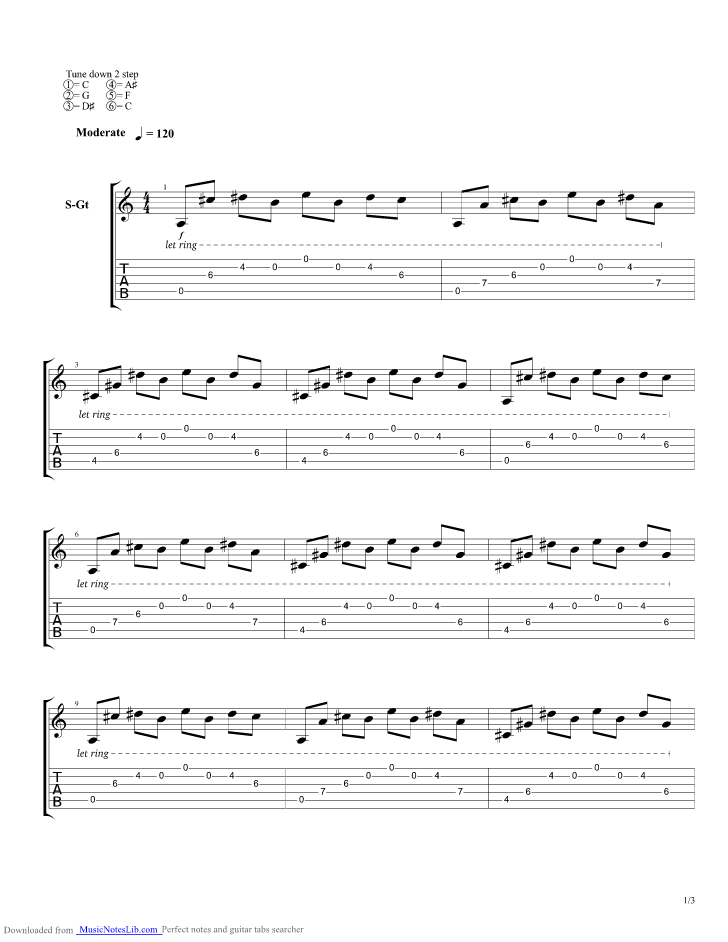
On rare occasions, though, they gave their lives for medicine. In what passed for science, they were said to help out sorcerers and midwives with their herbal magic, adding to their reputation as witches’ helpers. Punishment, so the sailors said, was swift and sure: Killer storms that would send the vessel to the bottom. Aboard ship, the most egregious crime was tossing a cat overboard. According to tradition, if you drowned a cat, you would shortly follow her into the drink. While the creatures no doubt made the men nervous, no one was willing to risk the consequences of doing away with them. Good luck was guaranteed if a cat ran ahead of a sailor but if she chanced to cross his path, disaster was sure to follow. Storms were started through magic stored in the animals’ tails. If a cat licked her fur against the grain, hailstorms were likely if she sneezed, there would be rain. For example, it was said, a loudly meowing cat meant a dangerous trip a playful one, easy sailing. Sailors, whose lives were thought to rest on the vagaries of feline fancy, especially promoted the cult of the cat, believing that they forecast the weather and the hardships of upcoming voyages. The reason probably lies in the monumental superstition of the times: disease, storms, famine – the causes of all were unfathomable and available explanations improbable at best. In the Middle Ages, cats were held to be demonic.

Her unearthly yowlings in the dark only added to her fearsome reputation. While most people feared the darkness, the animal, with her natural nocturnal habits, seemed to seek it out. Moving silently along, merging seamlessly into the gloom of night, the cat seemed to appear and disappear at will. The animal’s habits and grace – prized today – didn’t help her image either. They were blamed for most of the wrongs of the medieval world, from impiety to plague. The reputation of the Halloween cat’s historical ancestor is no better: boiled in oil or burned at the stake, the black cat – and her fellow traveler, the witch – was thought to be a companion of the devil. Pedagogically, the stages of the novel and the way they create conflicts between the values of religion and science indicate that modeling a novel in a genre-based model of language teaching provides critical insights for social teaching values.Back arched, fur on end, eyes glittering, claws unsheathed, ready to pounce, hissing and spitting on the first human to cross its path: The Halloween cat is as scary a symbol as there is in the mythology of childhood. The results also reflect that when modeling a text like a detective novel for students, extra causers should be delicately introduced in the orientation, complication, evaluation, and resolution. The results indicate how extra causers contribute to developing the mystery of the conflict between religion and science throughout the novel's stages.

In addition, they are found throughout the novel's stages, including the orientation (19), complication (306), evaluation (42), and resolution (45). The various types of extra causer constructions include initiators (126), inducers (89), attributors (131), and assigners (66).

They exist both with and without prime agents, as well as in both the active and passive voice. The results show that there are four different types of extra causers in all stages of the novel, with there being 412 occurrences in total. The study was conducted using a descriptive qualitative method with a qualitative analysis derived from a combination of Miles and Huberman's and Spradley's qualitative analysis (domain, taxonomic, and componential analyses) and finding cultural values. This study also attempts to establish the function of extra causers in constructing a mysterious conflict between religion and science throughout the various stages of the novel. This study investigates extra causers, their types, and their application in "Angels and Demons," a novel by Dan Brown.


 0 kommentar(er)
0 kommentar(er)
